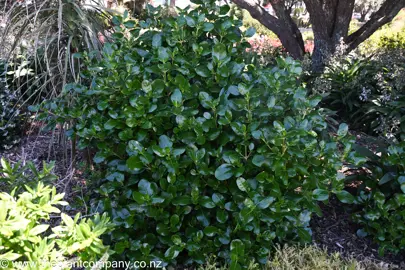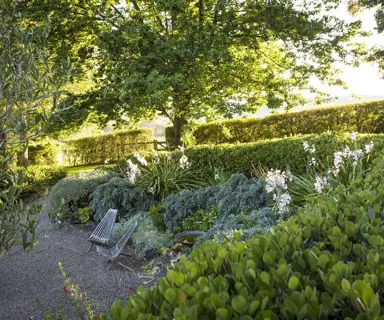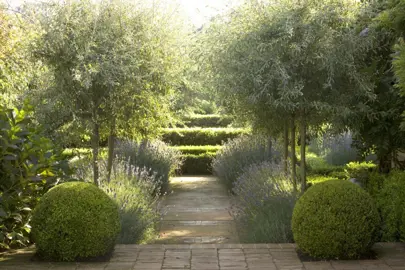Coprosma Poor Knights
Taupata
Coprosma Poor Knights (Coprosma repens ‘Poor Knights’) is a resilient New Zealand native plant ideal for coastal and low-maintenance gardens. Its glossy green foliage and spreading habit make it perfect as a groundcover, especially in tough, exposed conditions.














